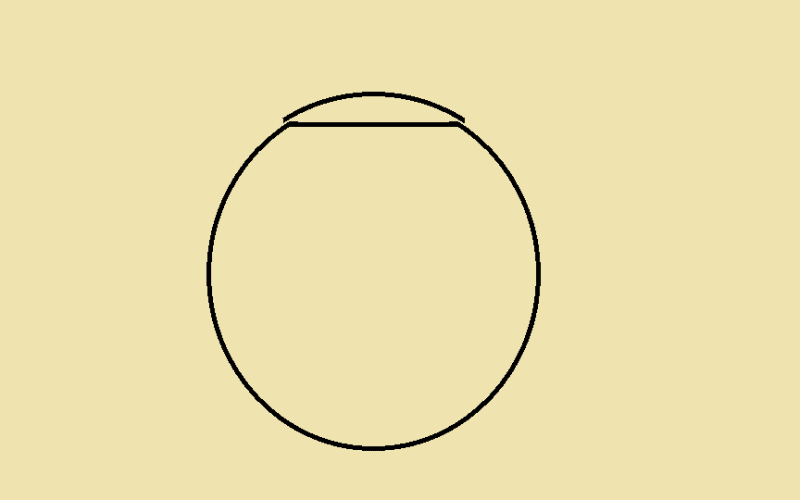We had a contractor install a 4" 316l branch connection with a repad on a 12" 316l Line. The repad does not have a weep hole. Apparently it welded up fine. We PT'd it to make sure there were no cracks. Typically we would have the prep area thickness tested and PTd, then the root pass PT'd, then the final PT'd. Then once the Repad was installed, we would PT that as well. Our M.I. dept. was not aware of the work so no inspection was done at all.
My question is, since the repad welded up okay, would there be any detrimental effects on the welds simply from having no weep hole?
EDIT: Just to clarify, this is 316L and built to B31.3. I rejected the fabrication and the Owner-User Engineer over-ruled me.
My question is, since the repad welded up okay, would there be any detrimental effects on the welds simply from having no weep hole?
EDIT: Just to clarify, this is 316L and built to B31.3. I rejected the fabrication and the Owner-User Engineer over-ruled me.

